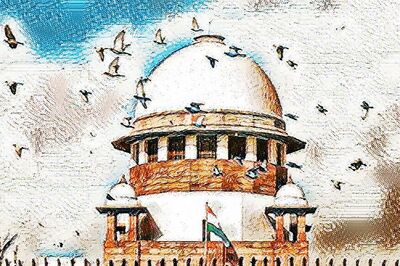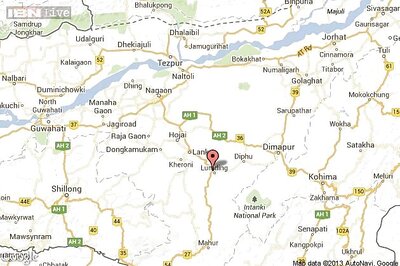
views
BHUBANESWAR: The paradox with India’s mineral-rich regions is that they are also home to the poorest of the poor. Keonjhar, Orissa’s mining heartland, contributes minerals valued at about Rs 7,000 crore annually but half of its population is still below the poverty line.In this context, the Mines and Minerals (Development and Regulation) Bill, 2011, waiting to be tabled in Parliament, holds significance. Its path-breaking provision, which calls for sharing of profits from minerals with the local communities, could help change the face of some of the backward districts of the State, an analysis by Centre and Science Environment (CSE) says.The profit-sharing concept, which has been introduced in the Bill, also for the first time in Indian mining law, says that a mine leaseholder has to pay 26 per cent of profit after tax (PAT) or a sum equivalent to the royalty paid during the year, whichever is higher, to the District Mineral Foundation (DMF).Consider this for Keonjhar alone. If the draft MMDR provisions were to be implemented this year, the affected people of the district would then receive Rs 750 crore as share. Annually, every BPL household in Keonjhar would have got about Rs 40,000. The study, released here on Friday, stated that the profit-sharing provision, under sub-section 2 of Section 43 of this draft Bill, which has come in for stiff resistance from the mining companies and corporates, will not affect their viability in any way.Had the MMDR provision been implemented in the fiscal 2010-11, the affected population of the top 50 mining districts of India could have got more than Rs 9,000 crore as share of profit from mining companies and the per capita benefit would have been around Rs 38,000. Fifty mining districts of the country possess 85 per cent of minerals and have close to 50 per cent of the total mine lease areas in the country.According to the CSE, at least 2.5 million people are directly affected by mining in these districts.Releasing the study, Chandra Bhusan, Deputy Director-General of CSE, said had the MMDR Bill come into effect, the mining-affected people in Orissa would have got about Rs 1,750 crore as share of profit from mining companies. This could be used for poverty alleviation, health and education.Sundargarh, which produces minerals worth Rs 2,700 crore, would have got Rs 285 crore as its share of profit.Former Mines Secretary Santha Sheela Nair, Orissa Steel and Mines Secretary Manoj Ahuja and Nalco CMD B L Bagra were present at a public consultation where the study was released.




















Comments
0 comment